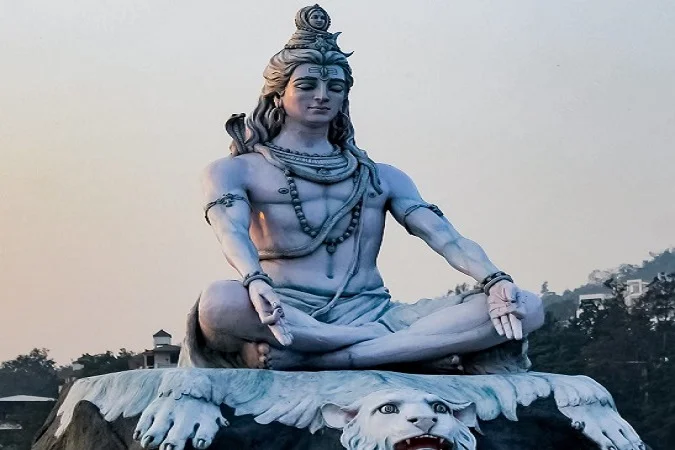Benefits of chanting OM Mantra For Spiritual Advancement ? Complete Guide
Om or Aum is a sacred symbol of Hinduism, Buddhism, Zoroastrianism, Sikhism and Jainism. Aum is also called as Pranava or bija mantra. It is used as a symbol of worship, religious ritual chanting.
Om is rarely chanted alone or in isolation. One such instance is to activate third eye chakra in kundalini yoga practice. Most of the time Om is combined with other mantras or prayers with the names of gods. Depending on mantra, it can be prefixed or suffix. This actually increases the power of the mantra.
Can any one chant Om and get its benefits ?
According to Mantrayoga Samhita, Om on its own do not have much power, if it's not initiated by a guru or spiritual teacher who is not self realized or enlightened master. My advice to anyone who want to chant is to go to guru and get initiated.
Guru is very important for spiritual advancement. There are no spiritual leaders who don't have a guru. You can take the example of lord Rama, swami Vivekananda, Ramakrishna Paramahamsa etc.
"Aum is Brāhman"

Origin of Om
There are a number of theories on how the origin of Om happened. Some scientist believe it to be derived from ancient word "Avam" which means "that" to point out far objects. Om is not mentioned in the Rig-Veda. There is one possible indirect reference in hymns 1.164.39 which is speaking about the syllable "Akshara" that exists in the divine.
AUM can be split to "A","U","M" which has been said in prashna Upanishad v.5. The symbolic explanation is given in Mandukya upanishad. Om can be described as Brahman.
The word is linked with breath and universal vibration which can be heard internally. We call it pranava nada or subdue brahman. OM is the entire creation of three planes (earth, middle region and heaven).
Om in the Upanishads and Yogasutras
In the Brihadaranyaka Upanishad, Om is used as an the symbol of affirmation. Which could be "Yes" or "Agree" etc. In a verse of Chandogya Upanishad which says that by meditating upon the Om one can remove darkness, fear and can gain strength, richness, food and gain win over death or be immortal.
Now Patanjali's Yogasutra states that god is expressed as Pranava. If someone chant it continuously over a period of time can lead to mastery of right knowledge or unwanted things which happen in our like like interruptions, distractions like disease or dullness of self and many more.
Yogic traditions say that chanting of the Om continuously can bring many benefits to ourselves like purity of mind body and environment. It can remove sins, desire, delusion and attachments. Once the attachment towards the materialistic world is gone, then we can gain spiritual strength soon and then finally to Moksha. In Buddhism attachment is said to be the true cause of suffering. To know more about the attachment you can check this link Attachment.
The Mandukya Upanishad
The word Aum or Om was first used in Mandukya Upanishad to explain the creator or Brahman as the ultimate reality. In the opening verse of Mandukya Upanishad the significance of Aum is described as "Idam sarvam" which means everything (The past, present and future).
The ultimate brahman has four quarters as below:- Waking state (jagrata)
- Dream state (svapna)
- Deep sleep state
- Transcendental state (turiya)
Aum in the Tantras and Upanishads:The tantras describe Aum as pure vibration or spanda. This is the cause of the source of all sounds and vibrations.
Quote Of The Day"If one chants the holy names of the lord, even in helpless condition or without desiring to do so, all the reactions of his sinful life departs, just as when lion roars, all the small animals flee in fear."Om can be distinguished into two types according to Amritabindu Upanishad
- Audible Om
- Inaudible Om
You might have heard many mantras prefixed with Om. Some of the well known mantras as given below
- Om namah Sivayah
- om gam ganapatheya namaha
- Om namo bhagavate Vasudevaya
Then there are long mantras like Gayatri mantra, mrutyunjay mantra, etc. which are prefixed with om.
Om mani padme hum is one of the Buddhist mantra which mean “Praise to the Jewel in the Lotus". According to daily lama it means “great and vast”. The teaching of Buddha is all wrapped into this one phrase. Chanting this mantra sends vibrations to different parts of the body or to be precise chakra centers where it is needed the most.
So you can give Om a try next time.